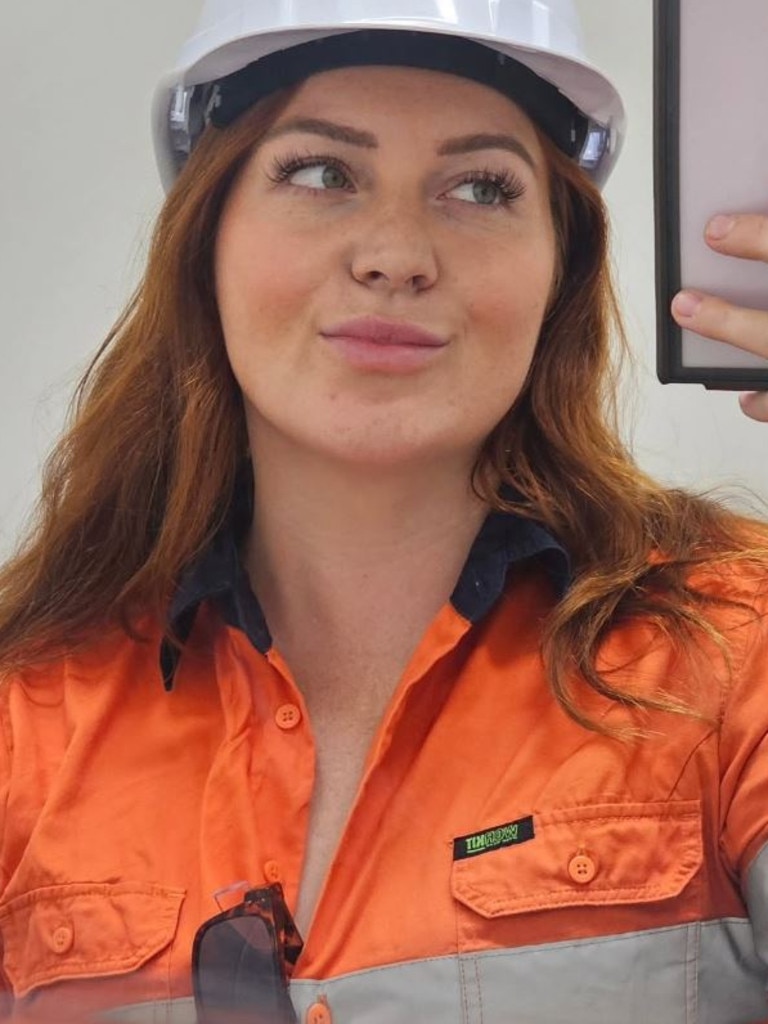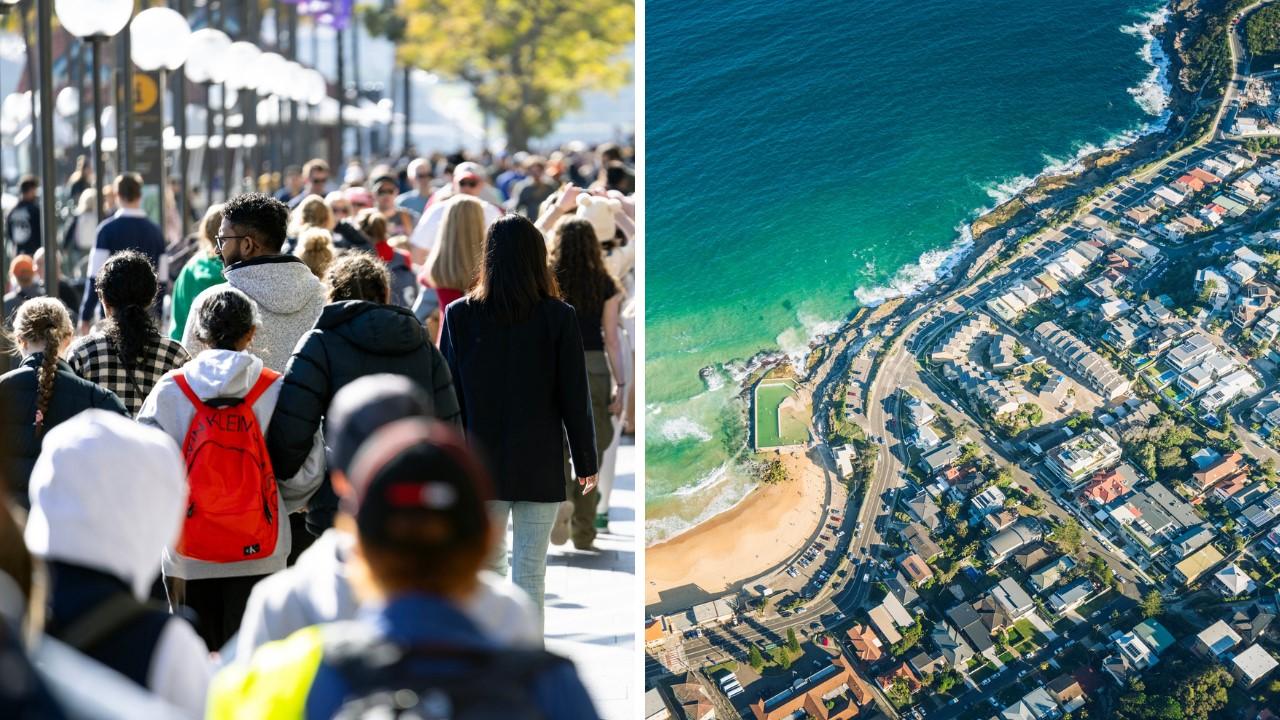‘Available to use’: Aussie couple reveal how they got into debt
A young Aussie has revealed the moment she sat down and actually looked at how much debt she was in - and the horrifying realisation that followed.

A couple have revealed how they managed to get into $150,000 worth of debt while earning decent money.
Toneille Rowlands, 29, lives in Queensland and works as a construction project manager. Her partner is a site supervisor.
Last year, they confronted the debt that had been looming over them for almost a decade.
Ms Rowlands is now earning over $190,000 and, as couple they’re pulling in over $300,000, but when she started getting into debt, her salary was a modest $50,000 a year.
She was in her early twenties and working full-time and, upon reflection, she feels like debt was “marketed” to her.
“I just feel like as we were earning more money, I started to spend more, and I fell into that lifestyle creep of thinking I had more money to play with,” she told news.com.au.
“Debt is just marketed to people. The credit was available to use and, over time, it just accumulated.”


MORE: The highest paying jobs in Australia without a degree
Ms Rowlands said that, because she had credit available to her, she just started thinking she could afford the repayments, and everything spiralled.
“I hate how personal debt is put towards people as a solution. Then you don’t have any emergency funds and you’re relying on a credit card to get out of an emergency,” she said.
The 29-year-old accrued debt in various ways. She had a car loan and a phone she was paying off, and at one point, she used the buy-now-pay-later service ZipPay to cover a veterinary bill.
It wasn’t like she was living lavishly, she just got into a habit of seeing credit as a loan rather than a last resort.
It got to a point, though, where no matter how much her salary increased, she felt bogged down by the debt.
“If I lost my job what would I do? I had to take a long hard look at myself,” she admitted.
“I was in a position of helping my family financially, and here I was trying to help others, and I needed to help myself.”


MORE: The highest paying trades in Australia
In 2024, Ms Rowlands sat down with her partner and added up all the debt she had across multiple credit lines, and that is when she had to swallow the $150,000 figure.
The 29-year-old said seeing the number was “daunting” and she couldn’t help but say, “Oh my gosh!”
“How do I start? How do I get on top of this?” she asked.
Ms Rowlands had to have a massive mindset shift and the “wake-up call” of seeing all that debt was enough to make her want to change.
For instance, instead of thinking it is normal to be slowly paying off a phone, she started seeing it was smarter to save up and buy one outright.
“It feels like a huge amount of money if you’re paying it outright,” she said, but at the end of the day all these little debts were costing her far more in the long run.
Once the couple faced the $150,000 figure they worked hard to pay down as much as they could in 2024.
“Last year we didn’t save anything, we just wanted to pay off the debt. We enjoyed our year but reduced our fun money by 80 per cent,” she said.

In the end, they managed to pay off $67,000, but they’re still left with over $84,000, which just speaks to the nature of debt because it is constantly increasing.
The plan for this year is to sell one of their cars, which they bought on financing, and that should give them over $40,000 to put towards the existing debt and focus on getting themselves into buying a home.
“We are trying to build an emergency fund,” she said.
Ms Rowlands now feels incredibly passionate about financial education, particularly because she did not understand it until her late twenties.
“I went through my entire schooling not being talked to about money,” she said.
Looking back, she can’t believe how much credit was available when she was in her early twenties and still didn’t understand money.
She’s now working towards having better financial literacy and building a future where her only debt will be her mortgage.
MORE: $234k a year: the tradie ‘to blame’ for housing crisis






